Launch date 29 June 2004 | ||
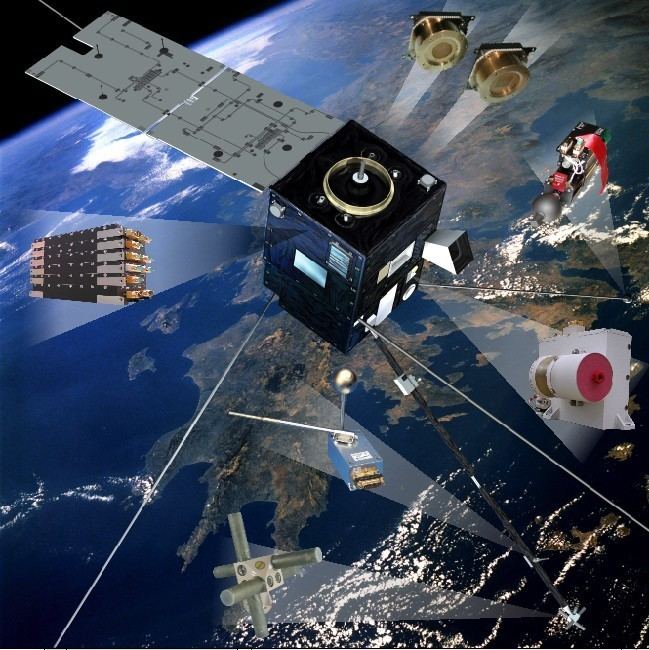 | ||
Similar Parasol, Proteus, Athena‑Fidus, MICROSCOPE, Megha‑Tropiques | ||
DEMETER (Detection of Electro-Magnetic Emissions Transmitted from Earthquake Regions) is a French micro-satellite operated by CNES devoted to the investigation of the ionospheric disturbances due to seismic and volcanic activity.
Contents
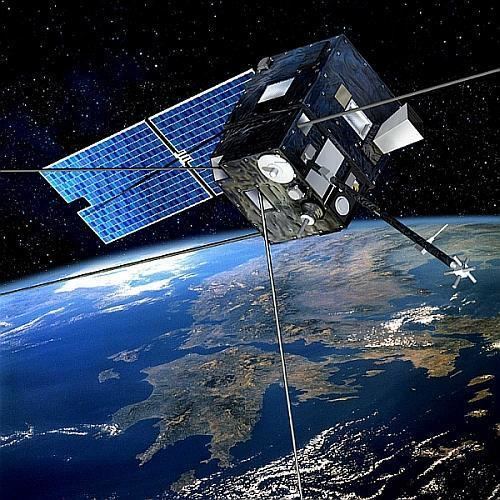
It was launched on June 29, 2004 on a quasi Sun-synchronous circular orbit with an inclination of about 98.23° and an altitude of about 710 km. The altitude was changed to about 660 km in December, 2005.
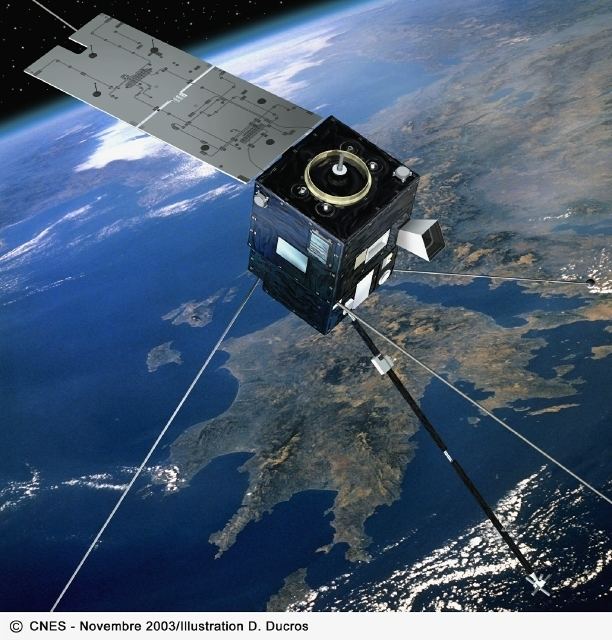
Due to the specific orbit, DEMETER is always located either shortly before the local noon (10:30 local time) or local midnight (22:30 local time). The satellite performs 14 orbits per day and measures continuously between -65° and +65° of invariant latitude.
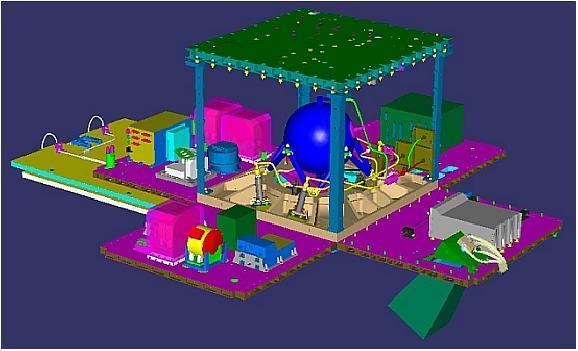
DEMETER observed an increase in ultra low frequency radio waves in the month before the 2010 Haiti earthquake.
During the 2010 eruption of Mount Merapi, DEMETER noted anomalies in the ionosphere.
Scientific operations ended December 9, 2010.
Scientific Objectives
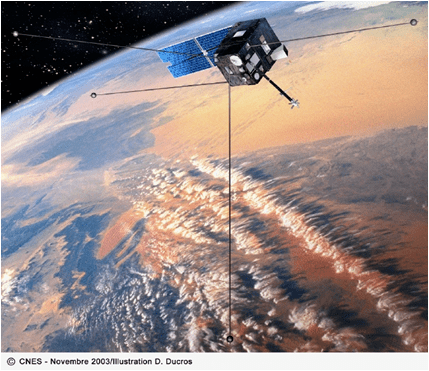
Scientific Payload
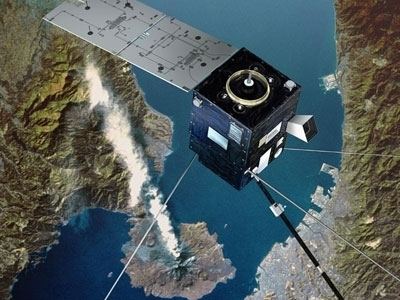
Modes of Operation
Due to the limited capacity of the telemetry, there are two different modes of operation:
The data bit rate in this mode is 1.7 Mbit/s.
